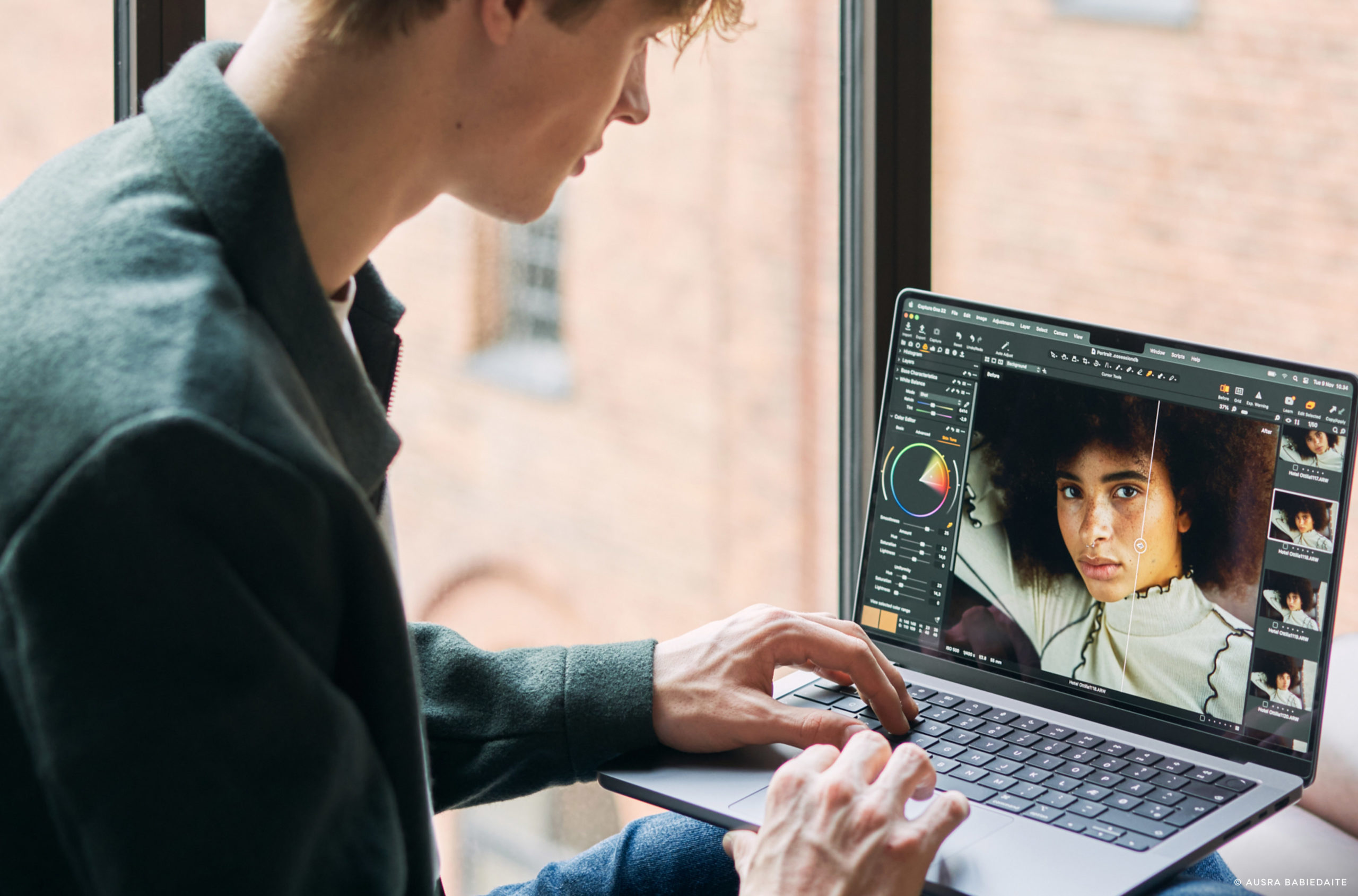It was with a camera gifted from her grandfather documenting her college years that Brooklyn-based portrait photographer Poochie Collins first discovered her love of photography. As an introvert attempting to avoid having to talk to people, she started shooting street photography, preferring to keep her distance and observe from afar. Today, she uses her skill and perception to catch the little, intimate details about her subjects which she draws out with her sympathetic style of portraiture and captures spontaneous moments in time. We spoke to Poochie about her creative process, her intentions and inspiration when shooting her subjects, and how she gives her audience the chance to experience the Black community from a different vantage point. For a deep dive into Poochie Collins’ perspectives on a selection of her photographic portraits, watch the webinar. You describe your work as writing love letters with light and creating visual time capsules. What do you consider when planning your shoots? Funnily enough, I very rarely actually plan out a shoot. Most of the time, even with doing portrait …



